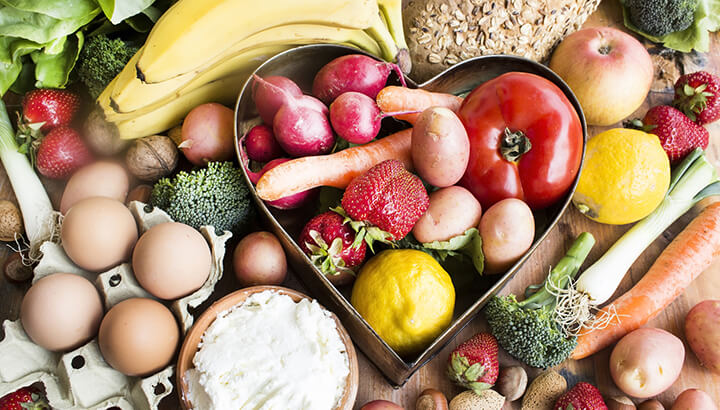It’s normal to hit that mid-day slump, but if you feel heavy, bloated and tired after a meal, a meditation diet might be the key to feeling better throughout the day. Whether you are a vegan, vegetarian, follow a ketogenic diet, or are a complete newbie to a meditation diet, it can easily be adapted to your preferences and needs. Not only will it make your meditation easier, but it may also help you shed a few extra pounds.
Ayurvedic food groups
According to Ayurvedic tradition, all foods fall into one of three groups: tamas, rajas, and sattva. Each food item falls into its category based on its qualities. Ayurvedic practitioners tell us that the first two – tamas and rajas – work against the body and cause an unbalanced mental state. Tamasic food products include meat, alcohol, and processed food, which is said to dull the mind. Rajasic foods are believed to overstimulate the body and include coffee, hot sauces, and pungent foods like garlic.
It makes sense that meat and processed food would make you feel heavy and lazy. Also, anyone who has indulged in a big cup of coffee before meditation can attest to its distractingly overstimulating effects.
In contrast, sattvic food is lighter and easier for the body to digest, making it the perfect kind of food to consume before meditation, not to mention at that big lunch meeting at the office. It might even take your meditation practice to the next level.
Foods to avoid before meditation
While you certainly do not have to adhere to a sattvic diet if you want to be a good mediator, if you feel either sluggish or antsy during meditation, switching to only sattvic foods before practice can help. Try to avoid the following foods before sitting down to practice:
Tamasic foods
Tamas represents darkness or inertia in Ayurvedic tradition. As such, foods that are overripe, fermented, rotten, or dead are considered tamasic. They include:
- Mushrooms of any variety
- Meat
- Fish
- Onions, garlic, shallots
- Curds
- Alcohol
- Fermented foods including vinegar
- Bread and other processed grain products
- Tobacco
- Canned or frozen foods
Some people eat a primarily tamasic diet, day in and day out. In fact, the SAD diet — Standard American Diet – is classified by overwhelming amounts of fats, processed foods, and meat products. Thanks to extensive research, we know that a heavily tamasic diet is bad for us, leading to inflammation and an inhibited immune system.
Rajasic foods
Rajas is said to represent passion and activity — two things that admittedly we can all use in our lives. But right before meditation, the last thing you want is an overactive, passion-filled mind. Avoid these foods before your practice:
- Spicy foods including spicy peppers
- Bitter foods like kale, broccoli and cauliflower
- Sour foods including citrus fruits
- Pungent foods like onions, garlic
- Strong drinks like tea, coffee and soda
- Pickles
- Refined sugar
- Processed sweeteners
Rajasic foods might help you push through the work day, though. If you choose to eat them, you should consume rajasic foods in the middle of the day, according to Ayurvedic teachings. They can add extra pep to your step, but by the time you go to bed, their energizing effects have waned and won’t keep you up at night.
Sattva foods to eat before meditation
Sattva means purity, and sattvic foods are fresh and natural. They include both raw and freshly cooked food with light seasonings, such as lightly sautéed green beans, asparagus, and zucchini. Ayurvedic practitioners believe that people who follow a sattvic diet are more positive, pure-minded and feel great compassion for others. They also are said to have more control over their emotions and possess joy and wisdom. Some sattvic foods to enjoy include:
- Whole grains and legumes, including millet, whole wheat, corn, rice, lentils, beans and oats
- Fresh, organic vegetables
- Fresh fruits, like peaches, bananas, guava, and berries
- Natural, raw sugar or molasses
- Herbal teas
- Plant-based oils like coconut, avocado or olive oil
- Tofu
- Raw or lightly salted and lightly roasted nuts and seeds
Expect quick results
If you dive head-first into a sattvic diet and minimize rajasic and tamasic foods throughout your day, you can expect some quick results. You’ll likely feel lighter and more energetic within a few days. Just be sure to eat plenty of plant-based protein to ensure you eat a balanced, healthy diet. The protein will also keep your energy levels up. With even more time on a sattvic diet, you might find you can avoid a mid-day slump altogether and even lose a pound or two in the process.
What type of diet do you tend to eat most often?
— Megan Winkler







